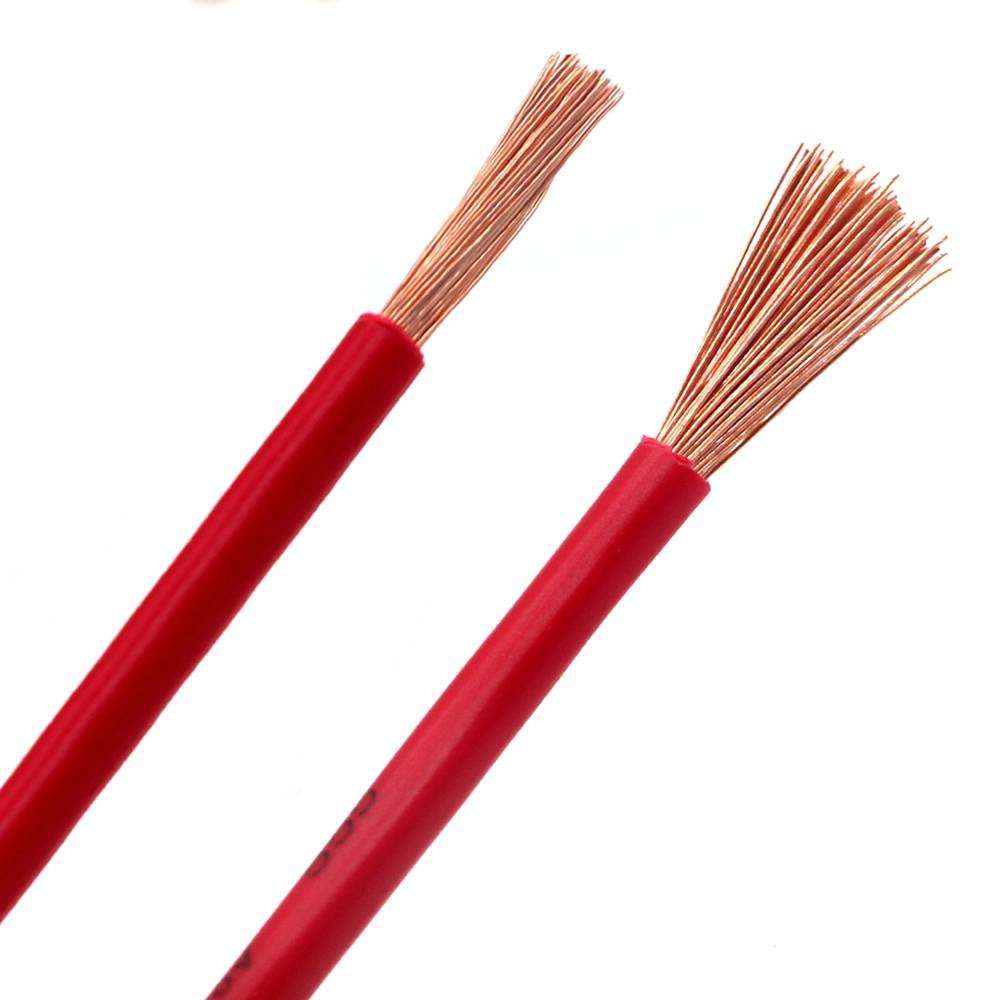 Author: Joey Wan
Author: Joey Wan  September 12,2023
September 12,2023
There are many specifications and models of wires and cables, such as the two common cables we use: RV and RVV cables. RV and RVV cables are collectively referred to as soft wires. However, these two cables are no matter in terms of naming, structure or use. The difference in scope is very large. So, what are the main differences between RV and RVV cables? Take a look:

What RV wire:
RV is a traditional single-core flexible wire (flexible cable (single one core), flexible single core cable 10mm, single core flexible cable 70mm2,) whose full name is polyvinyl chloride insulated link flexible cable. The conductor is made of stranded thin copper wires. The product variety is simple, has good conductivity, and is not easy to get hot. The service life is also guaranteed accordingly. It is used in various places such as electrical equipment wiring, lighting wiring, furniture decoration fixed wiring, etc.

What is RVV wire:
RVV is a soft sheathed wire (power cable rvv 2x1.5mm2 100m, power cable rvv 3*2.5mm2 , 2 core 1.5mm2 flexible cable), which is a cable made of two or more RV wires plus a layer of sheath. It is called a copper core PVC insulated PVC sheathed flexible cable. Also called lightweight polyvinyl chloride insulated wires, RVV cables (3 core 1.5mm2 flexible cable, 3 core royal cord wire) are very common wires in weak current systems.
The number of cores is variable and there are no special requirements for their arrangement. It is used in electrical appliances, instruments, electronic equipment, control lines, signal transmission lines and other places.
